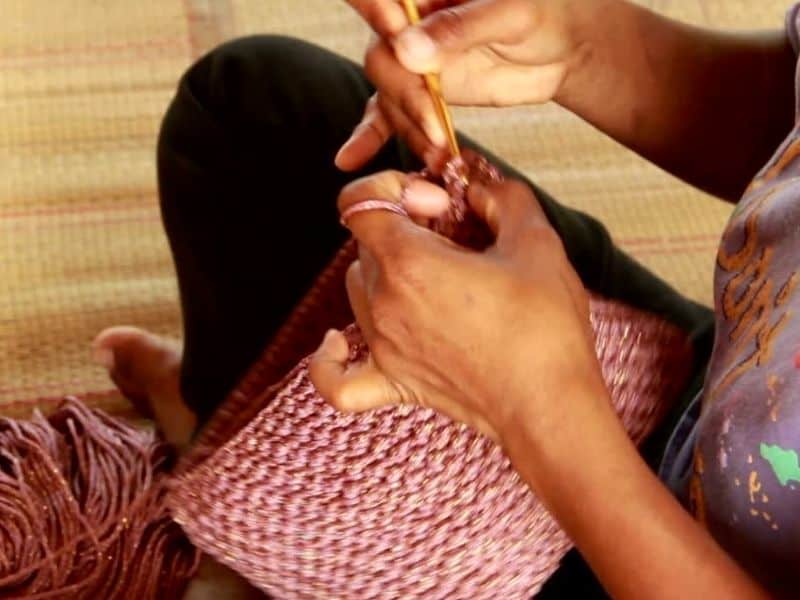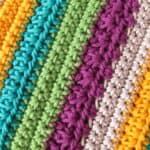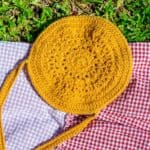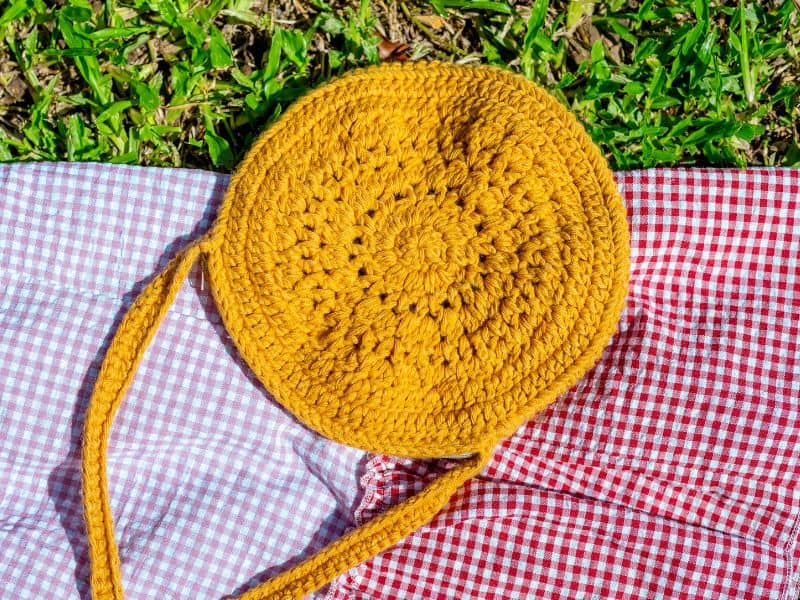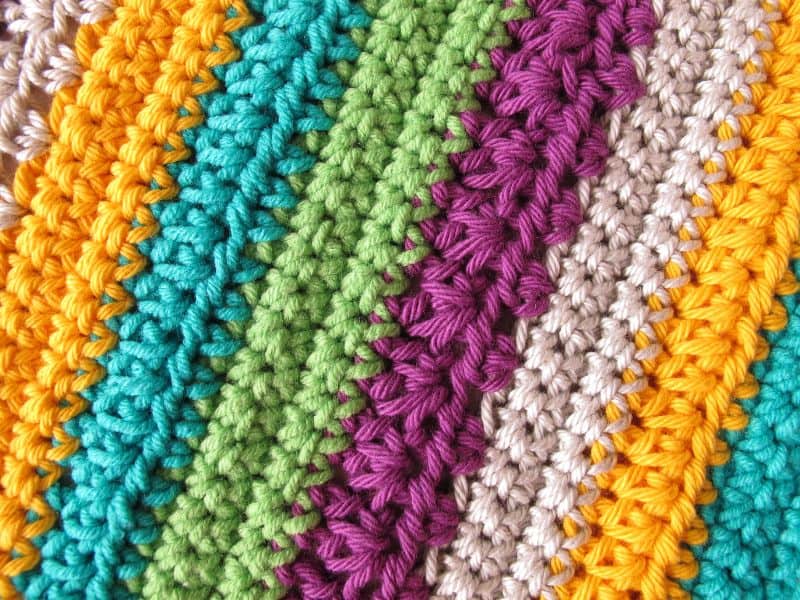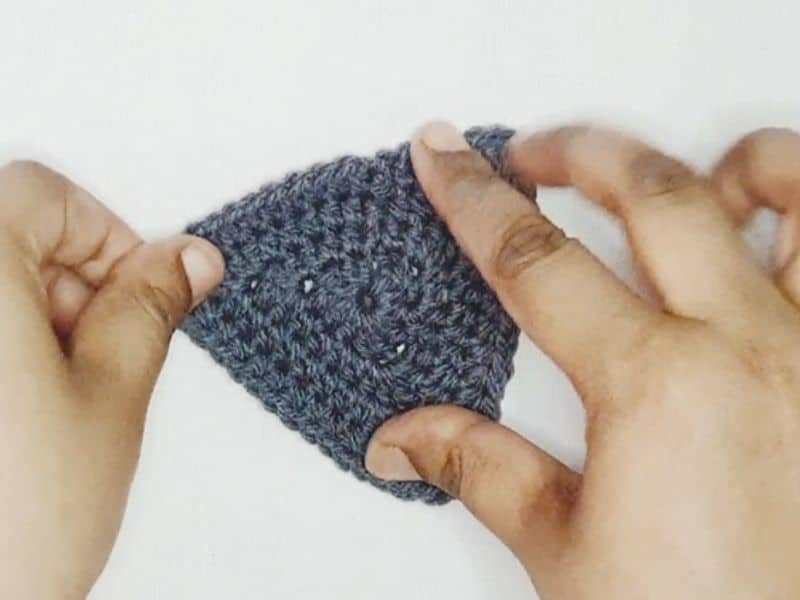Crochet has experienced a resurgence in popularity in recent years, with more and more people discovering the joy of beautiful handmade items. As an appreciation for this art form grows, so does the demand for high-quality, unique crochet pieces. Let’s take a closer look at why crochet pieces are so expensive.
Crochet pieces are so expensive due to their handmade nature, creating crocheted items is a time-consuming process, in addition to the quality materials used and the artisan’s skills and expertise. Additionally, the exclusivity and personalization of handmade items affect the price.
Many crocheted pieces are one-of-a-kind, and the creator has put a lot of time and effort into making something special for their buyer. The cost of materials also plays a factor in the price of crochet pieces. Wool, cashmere, silk, cotton—all these fibers come with a higher price tag than synthetic materials.
Crochet is Time Consuming
Creating a crochet item requires an immense amount of time, patience, and skill. It can take hours to complete even the simplest of projects.
Crochet Is a Labor-Intensive
This handmade craft involves creating intricate patterns and designs with yarn and a crochet hook. Unlike machine-made items, each piece is crafted with love, care, and attention to detail by the artisan, who puts their heart and soul into their work.
This unique, personal touch is one of the main reasons why crochet pieces are so special and sought-after.
The complexity of crochet patterns and stitches plays a significant role in the time it takes to create a piece. From simple single crochet stitches to elaborate lacework and textured designs, there’s a wide range of techniques that an artisan can use to create stunning crochet items.
Mastering these techniques requires skill, patience, and practice, which adds to the time and effort involved in producing a finished piece.
Breakdown of The Time Investment Required
Planning and designing
Before starting a crochet project, an artisan must carefully plan and design the piece. This process includes selecting the right yarn, determining the appropriate hook size, and deciding on the color scheme, pattern, and overall aesthetic.
Depending on the complexity of the project, the planning and designing phase can take several hours or even days.
Execution and finishing touches
Once the planning and designing phase is complete, the artisan can begin crocheting the piece. The time it takes to execute the project depends on the intricacy of the pattern, the size of the piece, and the skill level of the crocheter.
Larger, more complex items can take anywhere from several days to weeks or even months to complete. Finishing touches, such as weaving in ends, blocking, and adding embellishments, also require additional time and care.
Implications of time investment on price
Given the significant time investment involved in creating crochet pieces, it’s no surprise that their prices are higher than those of mass-produced items.
Artisans must factor in the hours spent planning, designing, and crafting each piece when determining its price.
As a result, crochet pieces often carry a premium that reflects the time, effort, and skill involved in their creation. By purchasing a handmade crochet item, you are not only supporting the artisan’s livelihood but also acknowledging the value of their time and craftsmanship.
Materials and Tools
In addition to the time investment, crochet pieces also require a considerable amount of materials and tools.
Quality of Materials Used
The quality of materials used is one of the deciding factors in determining a crochet item’s price.
Yarn Types and Their Impact on The Price
The type of yarn used in crochet projects greatly affects the final price of a piece. There is a wide variety of yarns available, ranging from affordable acrylics to high-quality natural fibers like wool, silk, and cashmere.
Natural fibers tend to be more expensive due to their superior quality, softness, and durability.
Artisans who use these high-quality yarns in their work must factor in the cost of materials when pricing their pieces, which can result in higher prices for the finished items.
The importance of sustainable and ethically sourced materials
More and more consumers are becoming conscious of the environmental and ethical impact of the products they purchase. As a result, there is a growing demand for sustainable and ethically sourced materials in the handmade market.
Artisans who prioritize using eco-friendly and fair-trade yarns in their work often face higher material costs, which can be reflected in the price of their crochet pieces.
By purchasing items made with these materials, customers support not only the artisan but also the global movement towards more sustainable and ethical production practices.
Tools and equipment needed
In addition to materials, artisans must also factor in the cost of tools and equipment when pricing crochet items.
Investment in hooks, needles, and other accessories
Crochet artisans rely on an array of tools and equipment to create their pieces, such as crochet hooks, stitch markers, tapestry needles, and scissors.
High-quality tools can make the crafting process smoother and more enjoyable, and they often come at a higher cost.
The initial investment in these tools, as well as any ongoing expenses to replace or upgrade them, must be considered when pricing crochet items.
Maintenance and replacement costs
Like any other craft, crochet requires regular maintenance of tools and equipment. Crochet hooks may need to be replaced due to wear and tear, and other accessories like scissors and stitch markers may also need periodic replacement.
These ongoing costs, while not as significant as the cost of materials, still contribute to the overall price of crochet pieces, as artisans must account for these expenses when determining the value of their work.
Skills and expertise
The value of a crochet piece goes beyond the cost of materials and tools.
The value of an artisan’s skill
Crochet artisans possess a great deal of skill and expertise that is reflected in the quality of their work.
Years of experience and practice
Crochet is an art form that requires years of experience and practice to master. The skill and expertise of an artisan are often built on countless hours spent honing their craft, learning new techniques, and experimenting with various styles.
This level of dedication and expertise is reflected in the quality and intricacy of their work, which, in turn, affects the price of their crochet pieces. By investing in a skilled artisan’s work, you are supporting their ongoing efforts to grow and improve as a crafts-person.
Unique styles and techniques
Each crochet artisan brings their unique style and techniques to their work, which sets them apart from others in the field.
Some artisans may specialize in specific types of crochet, such as lacework or amigurumi, while others may develop a signature style that is instantly recognizable.
These unique aspects add value to their creations, making them even more desirable to collectors and appreciators of handcrafted art.
Education and professional development
Crochet artisans must also factor in any education or professional development they undertake in order to continually improve their craft.
Workshops, classes, and certifications
Many crochet artisans continue to invest in their education and professional development by attending workshops, classes, and obtaining certifications.
These experiences not only help them refine their skills but also allow them to stay up-to-date with the latest trends and techniques in the crochet world.
The cost of this ongoing education is often factored into the pricing of their work, as it demonstrates their commitment to maintaining a high level of expertise in their craft.
The impact of skill level on pricing
An artisan’s skill level has a direct impact on the pricing of their crochet pieces. Experienced and highly skilled artisans can command higher prices for their work, as they have demonstrated their ability to create intricate and expertly crafted items.
In contrast, less experienced or less skilled artisans may offer their work at lower prices, reflecting their current skill level.
By investing in a high-quality crochet piece, you are not only supporting the artisan’s livelihood but also recognizing the time and effort they have dedicated to perfecting their craft.
The Handmade Market and Competition
The handmade market is a highly competitive landscape, with thousands of artisans competing for the attention and patronage of buyers.
Understanding the handmade market
It is important to understand the handmade market and price points in order to make informed decisions when investing in crochet pieces.
Limited availability and exclusivity
One of the key factors that set handmade crochet pieces apart from mass-produced items is their limited availability and exclusivity.
When you purchase a handmade crochet item, you are acquiring a one-of-a-kind piece that has been created with care and attention to detail.
This exclusivity adds to the value of handmade crochet items, as they offer a unique and personal touch that cannot be replicated by machines.
Demand for unique and personalized items
The demand for unique and personalized items has grown in recent years, as consumers increasingly appreciate the value of owning something that has been carefully crafted just for them.
Handmade crochet pieces are often customizable, allowing buyers to choose specific colors, patterns, or designs that resonate with their tastes and preferences.
This level of personalization adds to the appeal and value of crochet pieces, contributing to their higher price point.
Competitive Pricing
Artisans must also take into account the competitive landscape in order to remain competitive in pricing their work.
Comparison to mass-produced products
When comparing the price of handmade crochet items to their mass-produced counterparts, it’s important to consider the differences in quality, craftsmanship, and personalization.
While mass-produced items may be more affordable, they often lack the unique characteristics and attention to detail found in handmade pieces.
The higher price of crochet items reflects the time, effort, and skill involved in their creation, as well as the premium placed on owning a one-of-a-kind piece.
Balancing Affordability and Sustainability
Many crochet artisans strive to balance affordability with sustainability, ensuring that their work is accessible to a wide range of buyers while still supporting their livelihood and the environment.
This balance can be achieved by offering a variety of items at different price points or by using a mix of materials that cater to different budgets. In the end, the decision to invest in a handmade crochet piece is a personal one that takes into account not only the price but also the value and meaning behind the item.
Frequently Asked Questions
The time investment for creating crochet pieces is significant because of the handmade nature of the craft, the complexity of patterns and stitches, and the time required for planning, designing, executing, and adding finishing touches to each piece.
Different yarn types impact the price of crochet pieces due to varying costs and quality levels, with natural fibers like wool, silk, and cashmere typically being more expensive than synthetic options like acrylic.
An artisan’s skills and expertise directly impact the price of their crochet pieces, as experienced and highly skilled artisans can command higher prices for their work due to their demonstrated ability to create intricate and expertly crafted items.
Factors contributing to the higher price of handmade crochet pieces include the time-consuming nature of the craft, the quality of materials used, the artisan’s skills and expertise, and the unique characteristics and personalization of handmade items.
Crochet artisans can balance affordability and sustainability by offering a variety of items at different price points or by using a mix of materials that cater to different budgets, ensuring that their work is accessible while still supporting their livelihood and the environment.
The demand for unique and personalized items affects the handmade crochet market by increasing the value and appeal of crochet pieces, as consumers appreciate the opportunity to own something carefully crafted just for them.
The handmade nature of crochet contributes to its appeal by offering a personal touch and attention to detail that cannot be replicated by machines, making each piece one-of-a-kind.
Conclusion
In conclusion, the price of crochet pieces reflects the time, dedication, skill, and passion of the artisans who create them. By understanding the factors that contribute to their costs, such as the time-consuming nature of the craft, the quality of materials, the expertise of the artisan, and the handmade market dynamics, we can better appreciate the true value of these unique works of art.
When you invest in a handmade crochet item, you are not only acquiring a one-of-a-kind piece but also supporting the livelihood of the artist and the preservation of a cherished craft. In a world where mass-produced items are increasingly common, crochet pieces stand out as a testament to the beauty, skill, and artistry of human hands.

